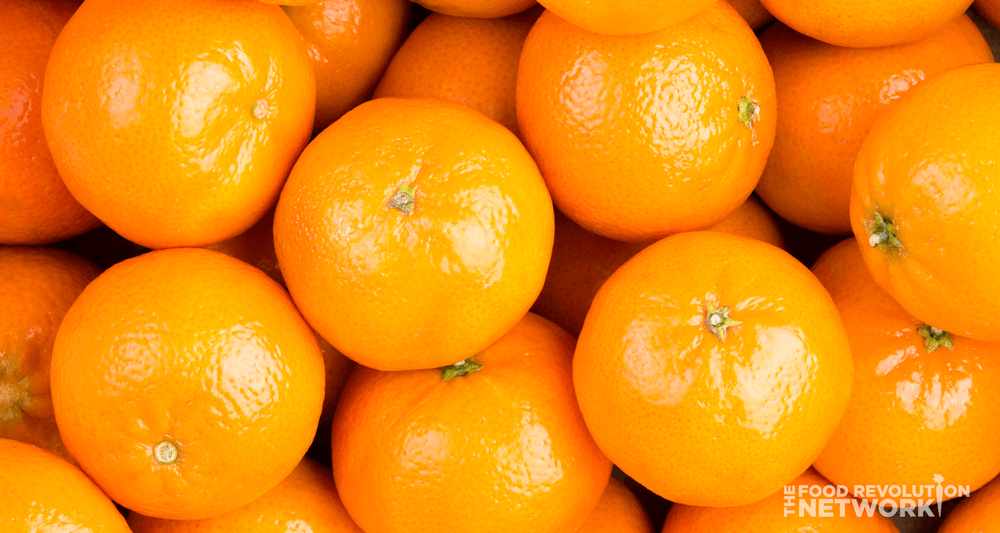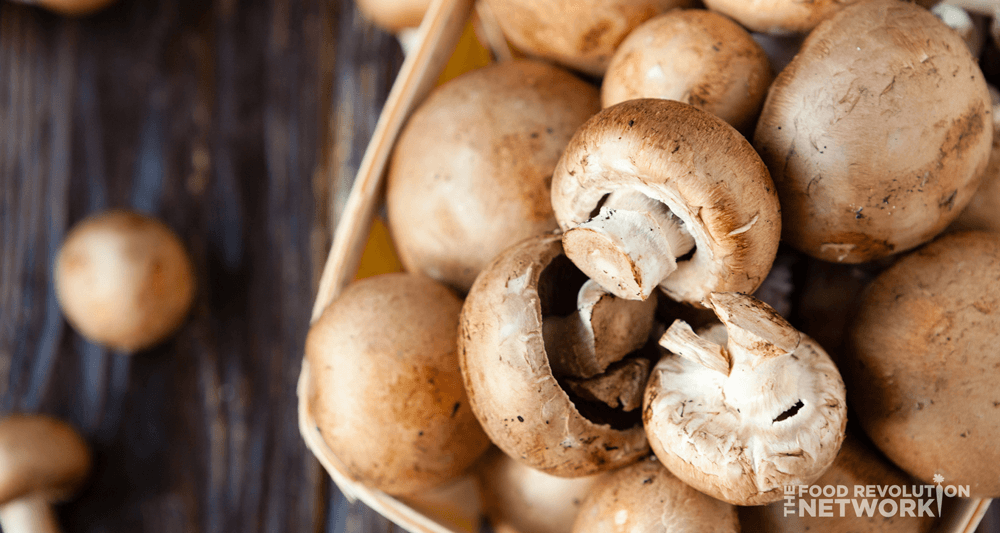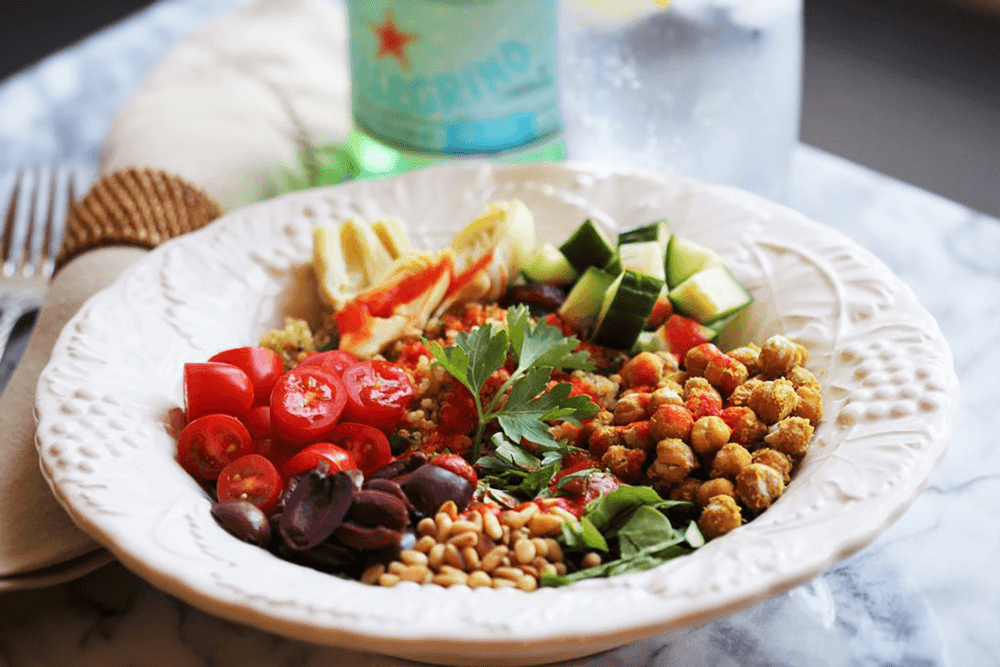· Published December 8, 2017 · 7 min read
Eating the rainbow is a fundamental healthy eating tip. (And no, not artificially colored foods like Skittles or M&Ms!)
But what does it mean? Why is it important to get a variety of colorful fruits and vegetables in your diet?
You may be tempted to find a few foods you or your kids or family members like and to focus on eating those. And it can be easy to fall into routines. But the truth is: Our bodies benefit from variety. For optimal health, we need a rainbow of nutrients and colors.
In fact, the variety of vitamins, minerals, antioxidants, and phytochemicals in fruits and vegetables have enormous healing powers. And many of them bring their own distinctive colors.
Eating a diversity of colorful foods can be an easy way to get a complete range of the vitamins and minerals your body needs to thrive.
The advice to “eat the rainbow” is often used with kids. And while kids especially need a diversity of foods in their diets, so do adults.
Why Are Fruits and Vegetables So Many Different Colors?
Each color in fruits and vegetables is caused by specific phytonutrients, which are natural chemicals that help protect plants from germs, bugs, the sun’s harmful rays, and other threats.And each color indicates an abundance of specific nutrients.
Most Americans Aren’t Getting the Range of Colorful Foods They Need
According to a 2009 phytonutrients report (based on data from the National Health and Nutrition Examination Surveys), 8 out of 10 people in the US are falling short in virtually every color category of phytonutrients.Based on the report,
- 69% of Americans are falling short in green phytonutrients
- 78% of Americans are falling short in red phytonutrients
- 86% of Americans are falling short in white phytonutrients
- 88% of Americans are falling short in purple and blue phytonutrients
- 79% of Americans are falling short in yellow and orange phytonutrients
Red Fruits and Vegetables Help Fight Cancer, Reduce the Risk of Diabetes and Heart Disease, Improve Skin Quality, and More

Red fruits and vegetables contain phytochemicals, including lycopene and ellagic acid. These powerful nutrients have been studied for their cancer-fighting effects and other health benefits.
For example, a daily dose of tomato sauce has been found to reverse the progression of prostate cancer. Watermelon is even higher in lycopene than tomatoes, and the lycopene may be more bioavailable.
Watermelon is also rich in a phytonutrient called citrulline, which may work as a treatment for mild to moderate erectile dysfunction.
Also, strawberries have been found to prevent and even reverse esophageal cancer.
Getting your phytonutrients from whole foods is best. In fact, taking phytonutrients, like lycopene and beta-carotene, in supplement form because may increase the risk of cancer. But consuming these phytonutrients in whole-food form, like tomato sauce, has been found to decrease the risk of cancer.
Examples of Healthy Red Foods to Try
- Red peppers
- Tomatoes
- Strawberries
- Raspberries
- Watermelon
- Apples
- Cranberries
- Cherries
- Grapes
- Red onions
- Pomegranate
- Beets
Orange and Yellow Fruits and Vegetables Improve Immune Function, Reduce the Risk of Heart Disease, Promote Eye Health, and More

Orange and yellow fruits and vegetables are rich in vitamin C and carotenoids, including beta-carotene. Some carotenoids, most notably beta-carotene, convert to vitamin A within the body, which helps promote healthy vision and cell growth.
Citrus fruits contain a unique phytonutrient called hesperidin, which helps to increase blood flow. This has important health ramifications. If you tend to get cold hands and feet, eating an orange a day may help keep your hands and feet warm. More importantly, consuming citrus may also reduce your risk of stroke.
Examples of Healthy Orange and Yellow Foods to Try
- Oranges
- Grapefruit
- Lemons
- Mangoes
- Papayas
- Carrots
- Sweet potatoes
- Winter squash (butternut, kabocha, delicata, acorn)
- Yellow summer squash
- Corn
- Cantaloupe
- Orange and yellow peppers
- Golden beets
- Pineapple
- Peaches
Green Fruits and Vegetables Boost the Immune System, Help Detoxify the Body, Restore Energy and Vitality, and More

Greens are one of healthiest foods we can eat. Green fruits and vegetables are rich in lutein, isothiocyanates, isoflavones, and vitamin K — which is essential for blood and bone health.
In addition, green vegetables are rich in folate – a nutrient especially important for pregnant women to consume to help prevent congenital disabilities.
Cruciferous vegetables, like broccoli, have been shown to enhance immune function, while dark leafy greens like kale may improve mood.
Kiwi fruit has been shown to help alleviate a wide array of maladies, from the common cold to IBS to insomnia, and may even help repair DNA damage.
Examples of Healthy Green Foods to Try
- Broccoli
- Kale
- Romaine lettuce
- Collard greens
- Brussels sprouts
- Green grapes
- Green apples
- Asparagus
- Spinach
- Swiss chard
- Arugula
- Green beans
- Peas
- Zucchini
- Kiwi fruit
- Avocado
- Edamame
Blue and Purple Fruits and Vegetables Fight Cancer and Unwanted Inflammation and Help Keep You Young

Blue and purple fruits and vegetables are rich in phytonutrients, including anthocyanins and resveratrol, and have been studied extensively for their anti-cancer and anti-aging properties.
Studies show that the bioactive phytochemicals in berries work to repair damage from oxidative stress and inflammation.
Red cabbage, which is purple, is one of the best superfood bargains and has the highest level of antioxidants per dollar.
Examples of Healthy Blue and Purple Foods to Try
- Blueberries
- Blackberries
- Red (purple) grapes
- Red (purple) cabbage
- Eggplant
- Plums
- Prunes
- Figs
White and Brown Fruits and Vegetables Protect Against Certain Cancers, Keep Bones Strong, and Are A Heart-Healthy Choice

White and brown produce may not be as brightly colored as other foods, but they still are a healthy choice and have phytonutrients.
Like broccoli, cauliflower is a cruciferous vegetable rich in an anti-cancer compound called sulforaphane. Garlic and onions are in the allium family of vegetables and contain the powerful cancer-fighting compounds allicin and quercetin.
And phytonutrients in white button mushrooms have been found to inhibit aromatase activity and breast cancer cell proliferation.
Examples of Healthy White and Brown Foods to Try
- Cauliflower
- Garlic
- Onions
- Mushrooms
- Potatoes
- Parsnips
- Daikon radish
- Jicama
Tips to Help You Eat the Rainbow Every Day
Yes, eating a variety of colorful foods is good for your health. But how do you make that happen?Use these tips to create more colorful meals:
- Eat a beautiful breakfast. Instead of boring bagels, eggs, or yogurt, start your day with a green smoothie, oatmeal topped with red berries, or a scramble filled with red peppers, mushrooms, carrots, or other colorful veggies.
- Enjoy exciting salads. Large, colorful salads are the perfect way to incorporate lots of colorful veggies (and fruits!) into your diet. Eat them for lunch or dinner. And try to have at least one per day.
- Liven up your lunch. Veggie sandwiches and wraps (including lettuce wraps) and soups, stews, and chili can help your get a balanced selection of colorful foods for lunch.
- Make vegetables the main dish. Try new recipes for dishes, such as tempeh vegetable stir-fries, vegetable curries, and Buddha bowls.
- Make a rainbow meal. Try creating a meal that uses every color — red, orange, yellow, green, blue, purple, white, and brown. (If you have kids, they may love this idea.)
Recipe Ideas to Inspire You to Add Color and Variety to Your Meals
Here are some colorful recipes to help you eat the rainbow.Breakfast
Favorite Overnight Oats from Heavenlynn Healthy
Lunch
Pink and Purple Detox Salad from Maria Marlowe
Dinner
Rad Raw Rainbow Pad Thai by Angela Lidden at Oh She Glows
The dressing in this pad thai uses some sweetener and oil, which can be left out or replaced.
Mediterranean Quinoa Bowl with Garlic Roasted Chickpeas and Roasted Red Pepper Sauce by Emily Honeycutt at Deliciously Green!

How to Learn to Love Vegetables and Fruits
If you grew up eating only a few fruits and vegetables, you might not have developed an appreciation for produce. But don’t worry. You can retrain your taste buds to love broccoli, kale, and beets!Here’s what you can do for yourself and for kids:
Step 1: Avoid processed food with lots of meat, cheese, salt, and sugar. These foods overstimulate your taste buds and put you into the Pleasure Trap, making fresh fruits and vegetables taste boring in comparison.
Step 2: Try new vegetables and fruits over and over again in different ways. It can take up to 12-18 tastes to acquire a taste for a new food. So, if you once hated arugula or mushrooms, that’s okay. Try again in a different recipe. You might surprise yourself.
No comments:
Post a Comment
Note: Only a member of this blog may post a comment.